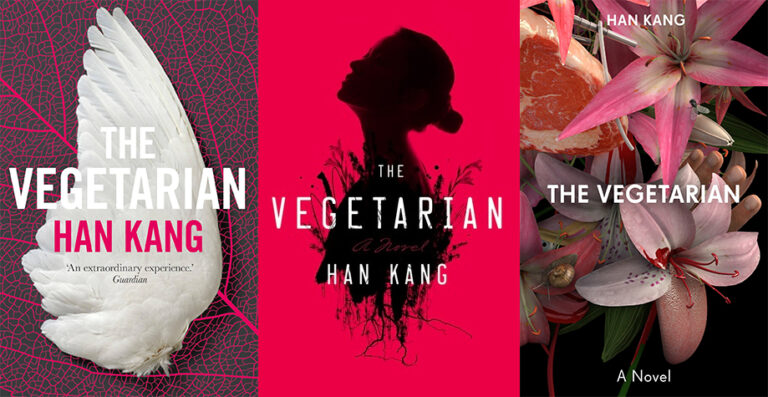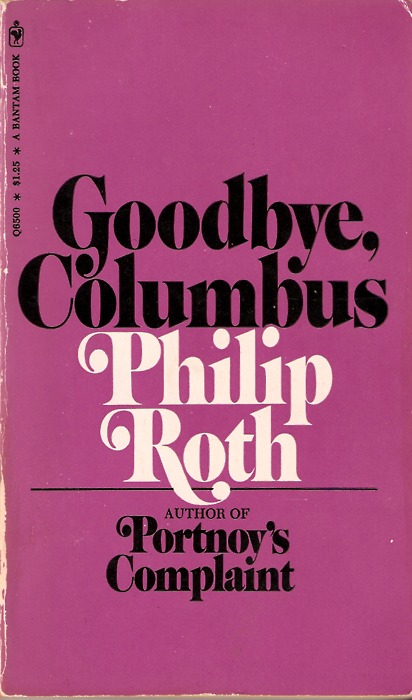Looking Back at Bright Lights, Big City

The New York Times was not impressed with Bright Lights, Big City when it first appeared in 1984. “A clever, breezy–and in the end, facile documentary,” was what they said. I guess you had to be there to appreciate the novel at the time. And even then, clearly the Times book reviewer did not.
Jay McInerney’s first novel, a tale of love and loss and nightclubs and redemption was hailed, at least by everyone I knew, as a brilliant slice of twentysomething GenX life–plus or minus the cocaine, of course. At the publishing house where I had my first job as an editorial assistant, you could not swing a manuscript without hitting a copy of the book on a desk, in a tote bag, or mislaid on a table in the copying room. McInerney’s second-person protagonist was the voice we thought we needed to guide us through our salad days.
To publishing drones, McInerney was a folk hero of almost Kerouac-esque proportions. We all dreamed of working at The New Yorker (the narrator works at an unnamed magazine’s Department of Factual Verification that was remarkably similar, it was said, to the Condé Nast publication, where McInerney briefly worked as a fact-checker) and hitting the hottest clubs every night.
But Bright Lights, Big City resonated with us not just for the subject matter, but because the writing was so good. There must be a million ways to describe being high on cocaine. This is one of the better ones:
Your brain at this moment is composed of brigades of tiny Bolivian soldiers. They are tired and muddy from their long march through the night. There are holes in their boots and they are hungry. They need to be fed. They need Bolivian Marching Powder.
GenX readers loved the descriptions of the life the main character was living–the clubs, the parties, the fashion models, the glimpse behind the scenes of a venerable literary magazine. “Clara has the mind like a mousetrap and the heart of a twelve minute egg,” he says of his boss. And as we read about his increasingly desperate attempts to move up and out of his entry level job, we nodded our heads in recognition. All our bosses had hearts like twelve minute eggs and all the promotions we wanted or manuscripts we sent out were politely refused, too.
You remember how you felt when you passed this way for your first interview, how the bland seediness of the hallway only increased your apprehension of grandeur. You thought of all the names that had been made here. . . . [but] Something changed. Somewhere along the line you stopped accelerating.
We got it. We understood what it was like to be trapped on the ground floor with no way to get to the big fancy party up in the penthouse.
At the time the book was very contemporary, but looking back now, it seems dark and dated. The book is set in the middle of the Reagan years in a dingy pre-Disney, pre-Giuliani Manhattan that really did look and sound like it does in the book: cold, grimy, and impenetrable.
At Fourteenth Street three Rastafarians get on and soon the entire car smells like sweat and reefer. Sometimes you feel like the only man in the city without group affiliation. An old woman with a Macy’s bag sitting across from you looks around as if to ask what the world is coming to between these Dracula Jews and zonked-out Africans, but when you smile at her she quickly looks away.
Re-reading the book at a different time in a different century, it’s important to note the the voice of the narrator sounds nothing like actor Michael J. Fox who played him in the really terrible movie adaptation of the book. Fox was too easy going and bland to play the pretentious, coke-addled frustrated writer and heartbroken ex-husband. The passage of time has softened the hard edges of the book and given it a depth and and sadness I didn’t notice before.
As a recent college grad when I first read Bright Lights, Big City, I sympathized with the chapters spent on the main character’s longing for his ex-wife, but they didn’t leave much of a mark. Reading the book again, with a few scars I didn’t have the first time around, the lost marriage to the beautiful fashion model and the impact it had on almost everything that happens to the narrator ties everything together in a big complicated bundle.
The book also ends with a fevered explanation of how the death of the narrator’s mother affected him. It’s a passage that got lost in the raves of the first edition, focused on their love of the use of the second person singular. It adds still another layer to the narrator I didn’t see before:
Before it happened you couldn’t believe you would survive your mother’s death. Torn between thinking it was your duty to throw yourself on her pyre and her wish that you should not waste your time mourning, you knew no reaction that satisfied both conditions. . . . You kept waiting for the onset of grief. You are beginning to suspect it arrived nine months later, disguised as your response to Amanda’s departure.
Bright Lights Big City is worth reading again or reading for the first time in 2017. While the ’80s were all about style and substance, 2017 is about the things that we do and the experiences we have that make us who we are.

